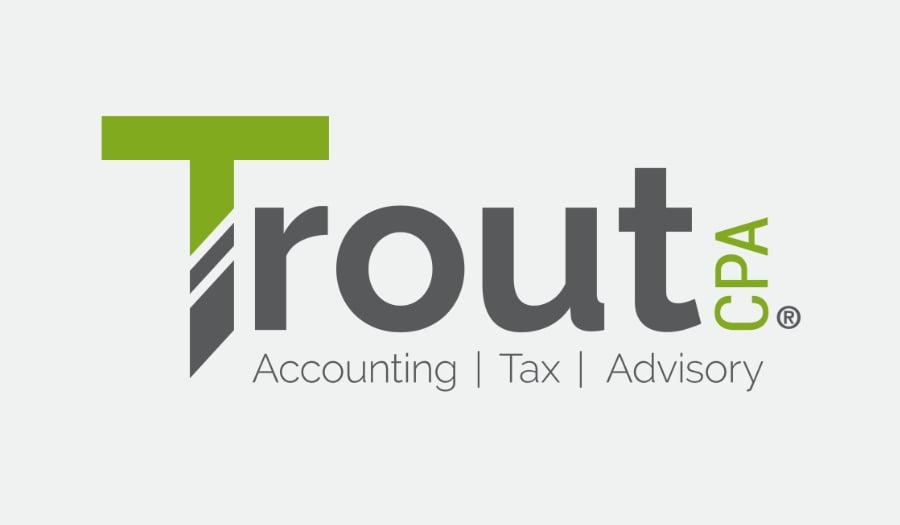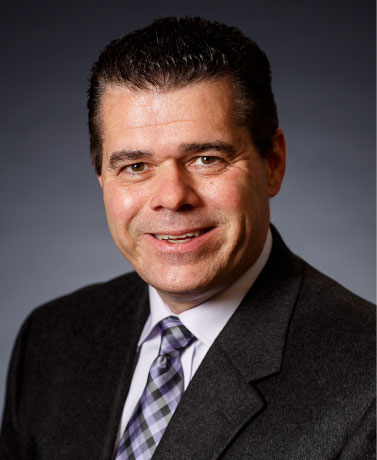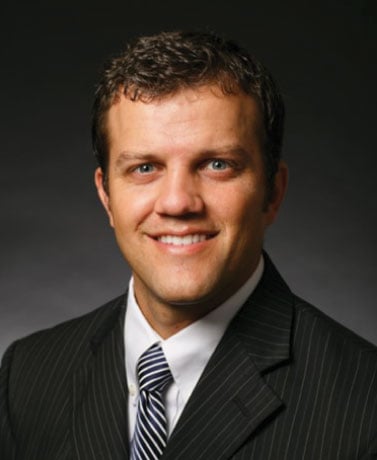What is Section 263A?
Section 263A, often referred to as the Uniform Capitalization rules or UNICAP, requires taxpayers to capitalize direct and indirect costs properly allocable to real or tangible personal property produced or acquired for resale by the taxpayer. For example, manufacturers, resellers, and distributors of inventory generally must undertake an analysis every tax year to determine which costs must be capitalized, rather than currently expensed, under Section 263A. The costs that must be capitalized for tax purposes typically exceed the amounts capitalized for financial accounting purposes. Accordingly, many taxpayers must capitalize “additional Section 263A” costs to property acquired or produced as an unfavorable temporary book/tax adjustment (i.e., an addback to taxable income).
What do the final Section 263A regulations address?
Taxpayers can use a variety of methods to identify and allocate additional Section 263A costs, including certain simplified methods for producers and resellers of inventory. Issued in November 2018, the final Section 263A regulations contain significant changes for taxpayers who are currently using the simplified methods by providing definitional guidance for Section 471 costs and adding a new method for certain taxpayers with average annual gross receipts exceeding $50 million. The regulations also address the treatment of so-called “negative Section 263A costs,” which arise when a particular expense is capitalized for book purposes but is not required to be capitalized for tax purposes (e.g., R&D costs or freight-out costs).
Who do the regulations impact?
Large producers of inventory (including taxpayers that utilize contract manufacturers) that are presently using the simplified production method will have to change their method if their average annual gross receipts exceed $50 million on an aggregated basis. If a large producer wishes to use a simplified method going forward, it must change to the new modified simplified production method. Otherwise, taxpayers also have the option to change to a facts and circumstances method, which is generally more time-consuming to implement and maintain.
Smaller producers with gross receipts under $50 million and resellers of any size may have to change their existing simplified method as well to adopt the new definitional guidance for Section 471 costs provided in the final regulations. Further, the regulations offer several simplifying de minimis tests that producers/resellers of inventory of all sizes should consider.
What should companies do?
Taxpayers subject to UNICAP should evaluate their existing methodologies and determine what changes are necessary in order to comply with the final regulations for tax years beginning after November 20, 2018. In general, implementing an accounting method change requires the preparation and filing of Form 3115, Application for Change in Accounting Method, and the computation of a Section 481(a) “catch-up” adjustment. As the preparation of the Form 3115 and the related Section 481(a) adjustment can require extensive analysis, taxpayers should take immediate action to begin assessing the impact of the new rules. To ensure adequate time to properly reflect the adjustment for both tax return and financial accounting purposes (if applicable), these conversations should begin, at the very latest, during the first few months of the 2019 taxable year.
How can we help?
We can review existing Section 263A calculations to identify what changes must be made to comply with the regulations. In many instances, we may be able to identify additional opportunities or address exposures associated with historical calculations. We can also assist with the preparation, review, and filing of Form 3115 to ensure that all procedural considerations are appropriately addressed.






